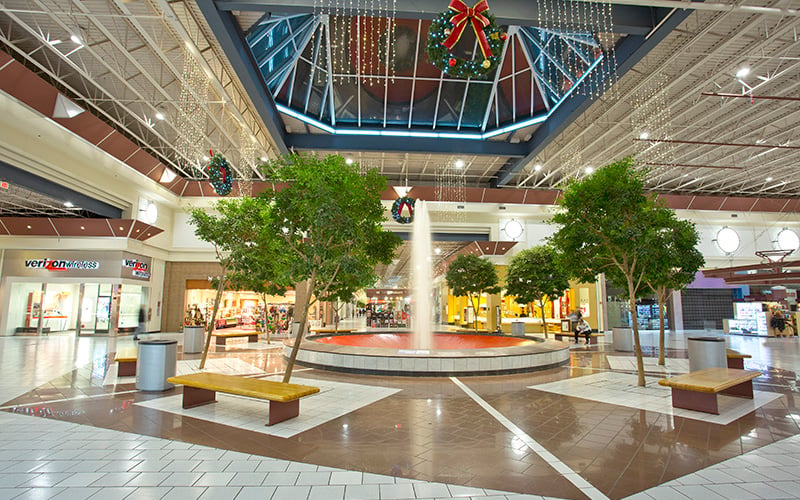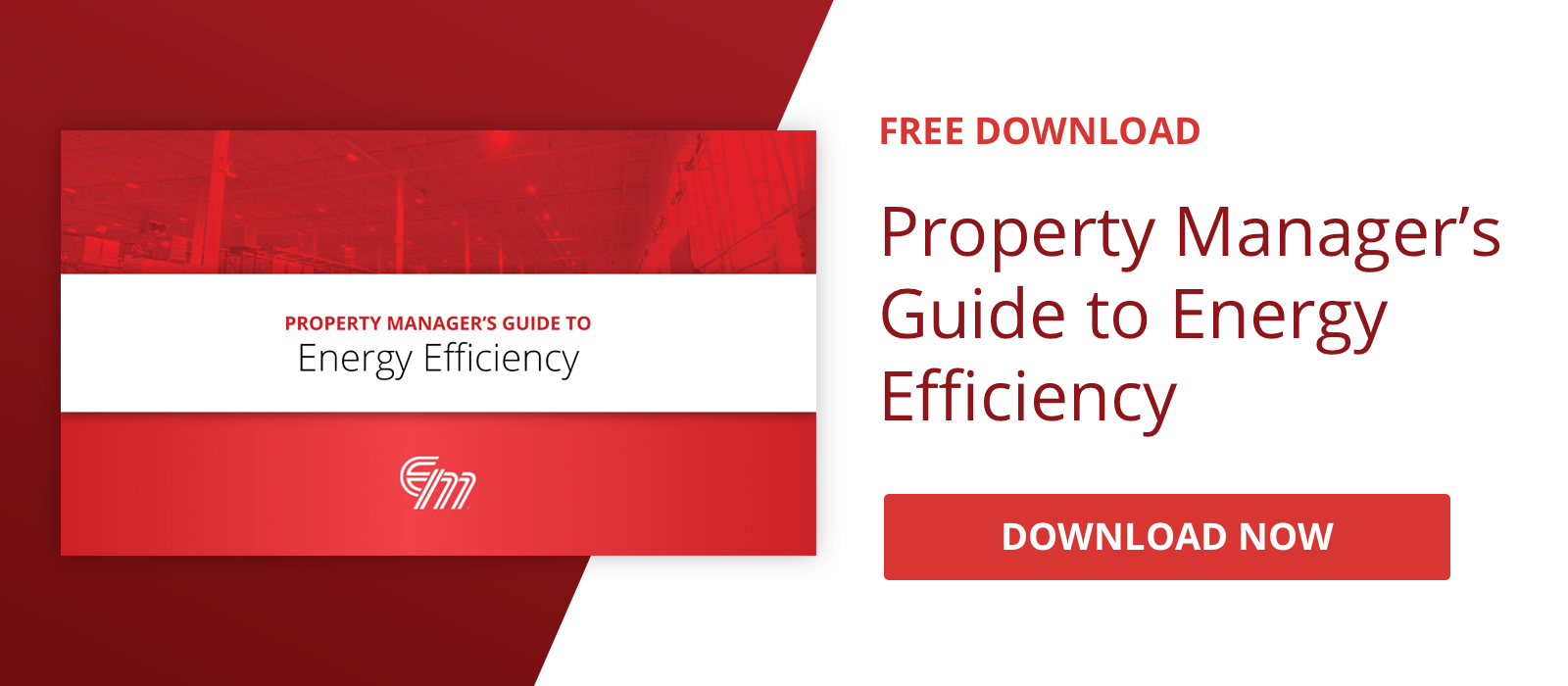
As online shopping has skyrocketed over the last 7 years, Brick-and-Mortar retail across the U.S. have been significantly declining. Shopping centers need to find ways to increase their net operating income to keep properties operational. Energy projects are one of the most effective ways this can be done. But what energy projects have the best rate of return? What is the lowest hanging fruit available that will have an immediate impact on property maintenance costs? The answer is upgrading to LED lighting.
Upgrading a properties lighting will show a dramatic dollar saving on the property’s utility bill from day one. On average LED lighting will decrease the property's lighting electric load by 2/3 and increase light levels by 1/3. Recent advancements in LED chip technology along with higher volume manufacturing have made LED lighting economically feasible and an easily defensible choice for new lighting installations and conversions.
Reduce Property Maintenance Costs with LED Lighting
A good first step to reducing lighting energy is to replace all incandescent light sources. Incandescent lighting is popular, but inefficient, as most energy is converted into heat rather than light and they do not last very long. If your lights are older metal halide, high-pressure sodium, T12, T5, or T8, you have a great opportunity to upgrade to LED lighting and save between 50%-80% in lighting costs. Best practice in most exterior applications is to replace old, poor color rendering, higher wattage high-pressure sodium (HPS) luminaires, or metal halide (MH) with more efficient, smaller wattage LED luminaires.
LED lighting has significant advantages over conventional HID or traditional lighting fixtures. It is highly efficient, utilizing typically half the energy of traditional light sources. Components are solid-state and extremely long-lasting. Typical LED luminaires have a useful lifetime life of more than 70,000 hours and require almost no maintenance. Precise optoelectronic lensing allows LED light to be directed precisely where it is needed, reducing light pollution. LED lighting also emits a whiter, more natural light that the human eye perceives as creating a cleaner and safer environment. LED lights are instant-on with no warm-up, flickering or buzz, and can be easily dimmed. Integrating LED lighting with motion detectors, daylight sensors and programmed timers can result in additional energy reductions.
Lighting Controls
Occupancy sensors and other lighting controls are great ways to earn extra energy savings and rebates. These add-ons are typically low in cost and add huge savings over time. Localized networking controls like dimming, and smart fixtures, as well as efficient, easy installation, and implementation processes make them an ideal choice for a property's lighting.
The more complex a control system is, the more detail they will be able to provide, and the more savings in property maintenance costs will be found for your property. However, no matter the complexity, a control system's ability to bring precision to energy use makes it so properties of all needs, sizes, and budgets can benefit. For example, standard occupancy sensors, timers, and daylight sensors will put a significant cut in energy usage as well.
FM Communications explains in their post, "Reducing Facility Costs Through LED Lighting":
Advancements in controls now offer benefits beyond just general energy savings. Internet-based networking control systems and smart LED fixtures are now being introduced to help facilities better manage the overall space and connect with IoT technologies. Property managers are able to identify areas of concern and areas that need more attention. These technologies convey accurate information regarding burnt out or broken lighting, wattage, and other necessary areas. At the same time, tuning capabilities are allowing facilities to adjust color and light output to enhance safety, draw attention to specific displays or areas of a facility, and most importantly create an environment that boosts the well-being of those exposed.
Offset HVAC Expenses During Peak Times of Energy Usage
Not only can managers significantly cut down property maintenance costs when upgrading to LED lighting, but they will also be presented with numerous opportunities to further enhance the aesthetics and efficiency within their building. Depending on where you live, different times of the day and seasons throughout the year require more energy use than others. For instance, it is common in the winter to need to keep lights on longer because it is darker outside for longer periods of time. However, during warmer months, more energy is being used to keep temperatures at a comfortable cool level.
According to Facility Management Communications, "fluorescents will give off roughly 50% percent more heat in BTUs per hour, and metal halide and halogen lamps will emit as much as 90% percent more heat in BTUs per hour compared to LEDs. By switching to LEDs, facilities are able to reduce the heat emitted and can leverage general energy and cost savings to help offset HVAC expenses." With controls like auto flushers, sinks, climate control systems, low-flow faucets and toilets, and more, Electro-Matic Visual can be trusted to assist you in all of your energy-saving needs.
Additional Tips to Maximize Savings on Property Maintenance Costs
- Investigate the true cost of ownership for your current lights by factoring in your hours of operation, cost per kilowatt, current fixture wattage, and maintenance costs. Don’t forget maintenance doesn’t mean just lamps and ballasts. Make sure to include the hourly rate to pay for a replacement, lift rental, etc.
- Additional savings are realized through a significant reduction in maintenance costs as well. Conventional lights will need to be replaced at least three times over the same period. Assuming $400 per fixture, replacement costs represent an additional $120,000 saved over 10 years.
- Resist the urge to go with the lowest price. LED products today provide a huge range of performance (lumens per watt, L70 (Lifespan), warranty, and more). Like most purchases in life you often get what you pay for. Lighting is no different. Paying a little extra up-front usually results in significant energy ($) savings and reduced maintenance costs down the road.
- Try to maximize your rebate to give yourself the lowest ROI possible.
Partner with a trade ally or qualified contractor that can help you make sense of different products, assist you with the rebate process, ensure the lights are installed and operating correctly and can support you long after the sale. Electro-Matic is a trade ally with dozens of utility companies throughout the US and is eager to hear from you to help!


